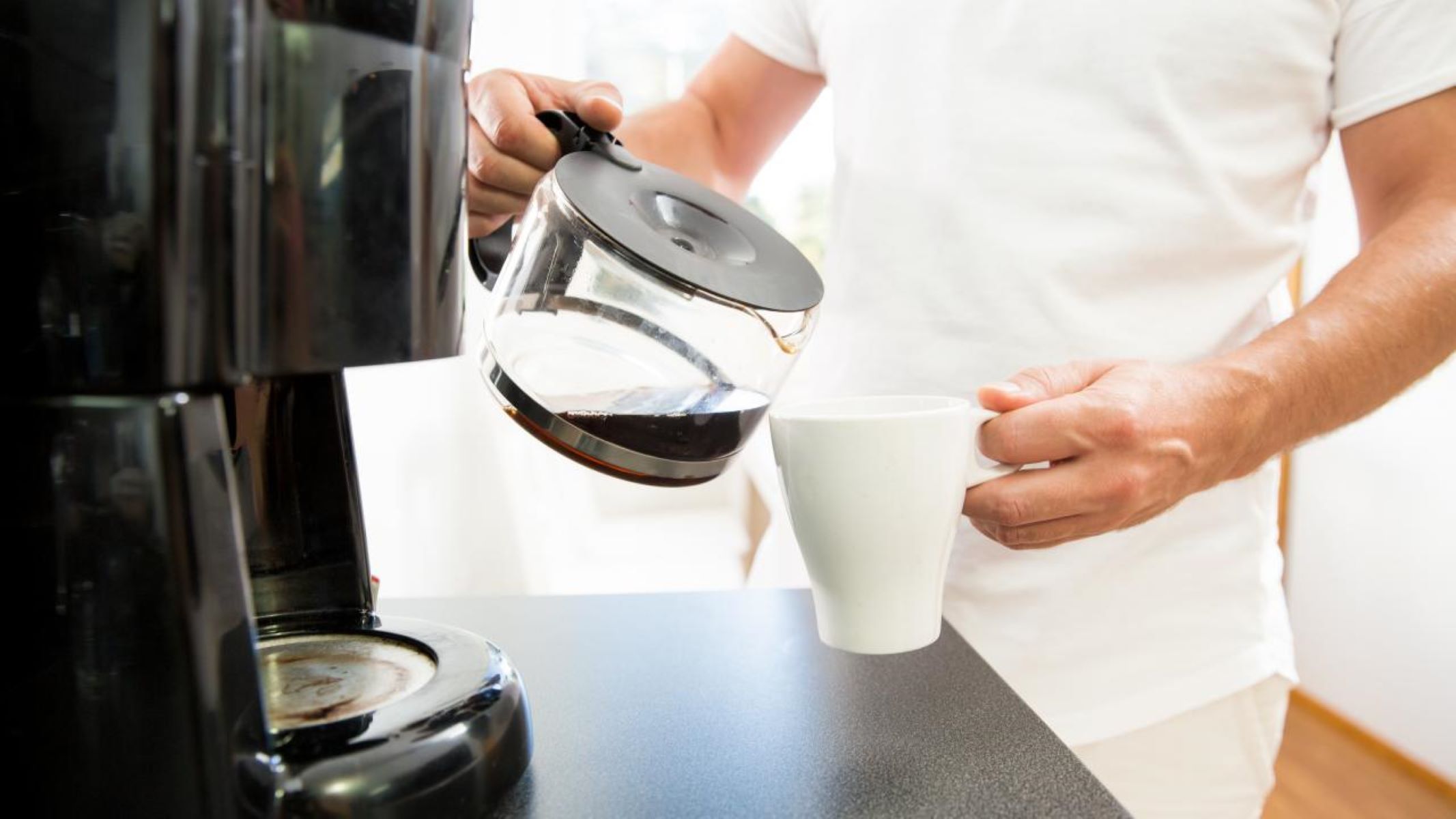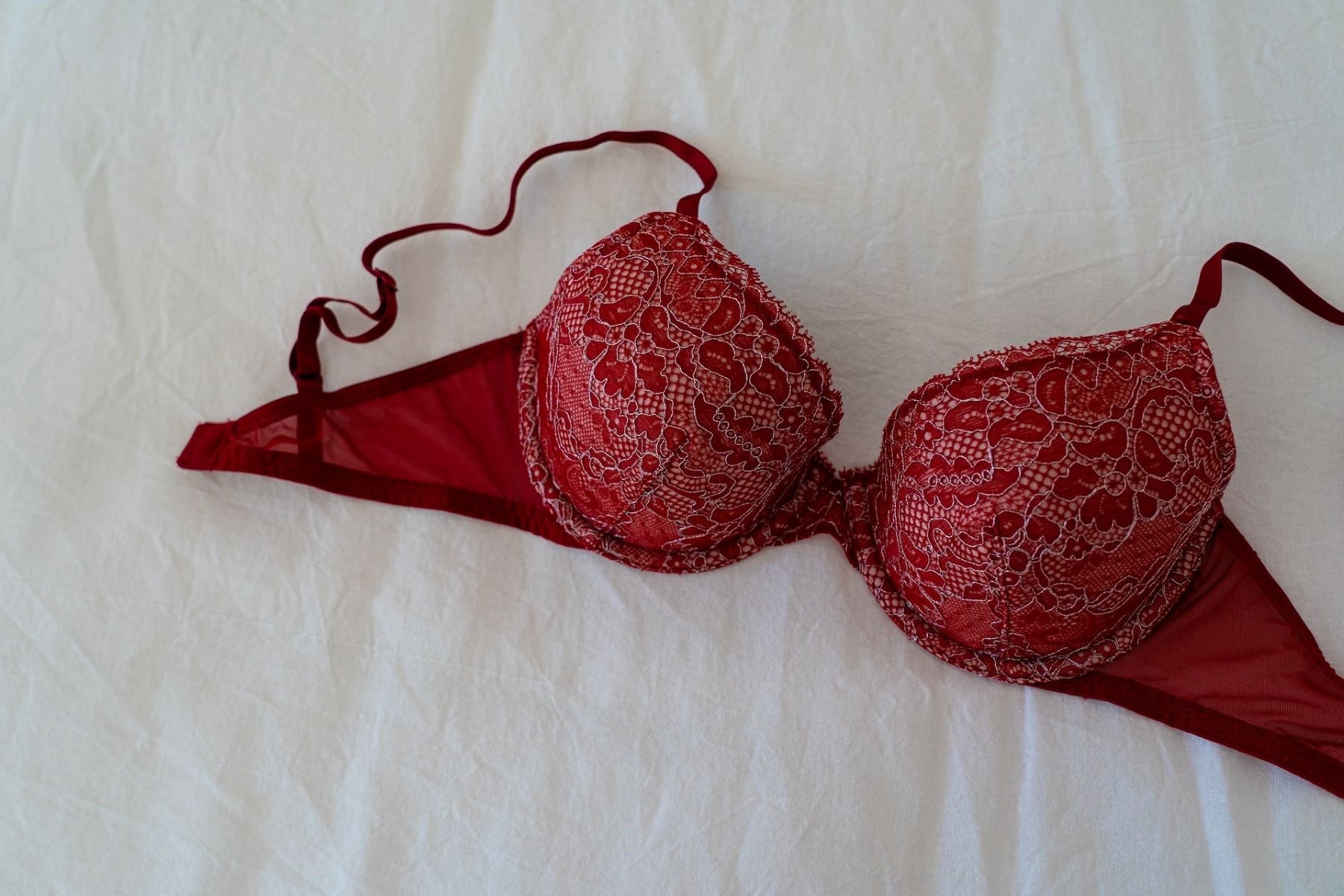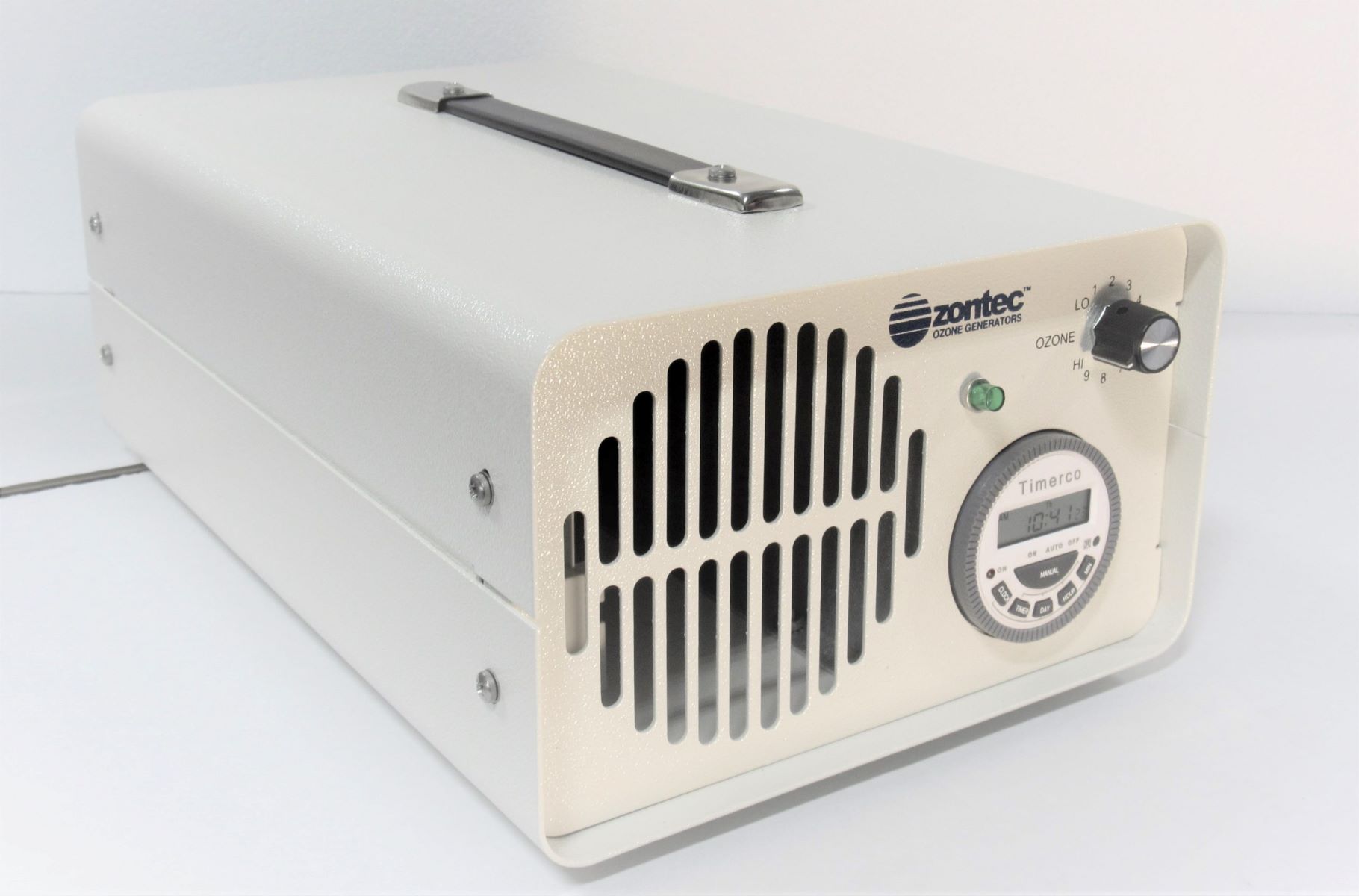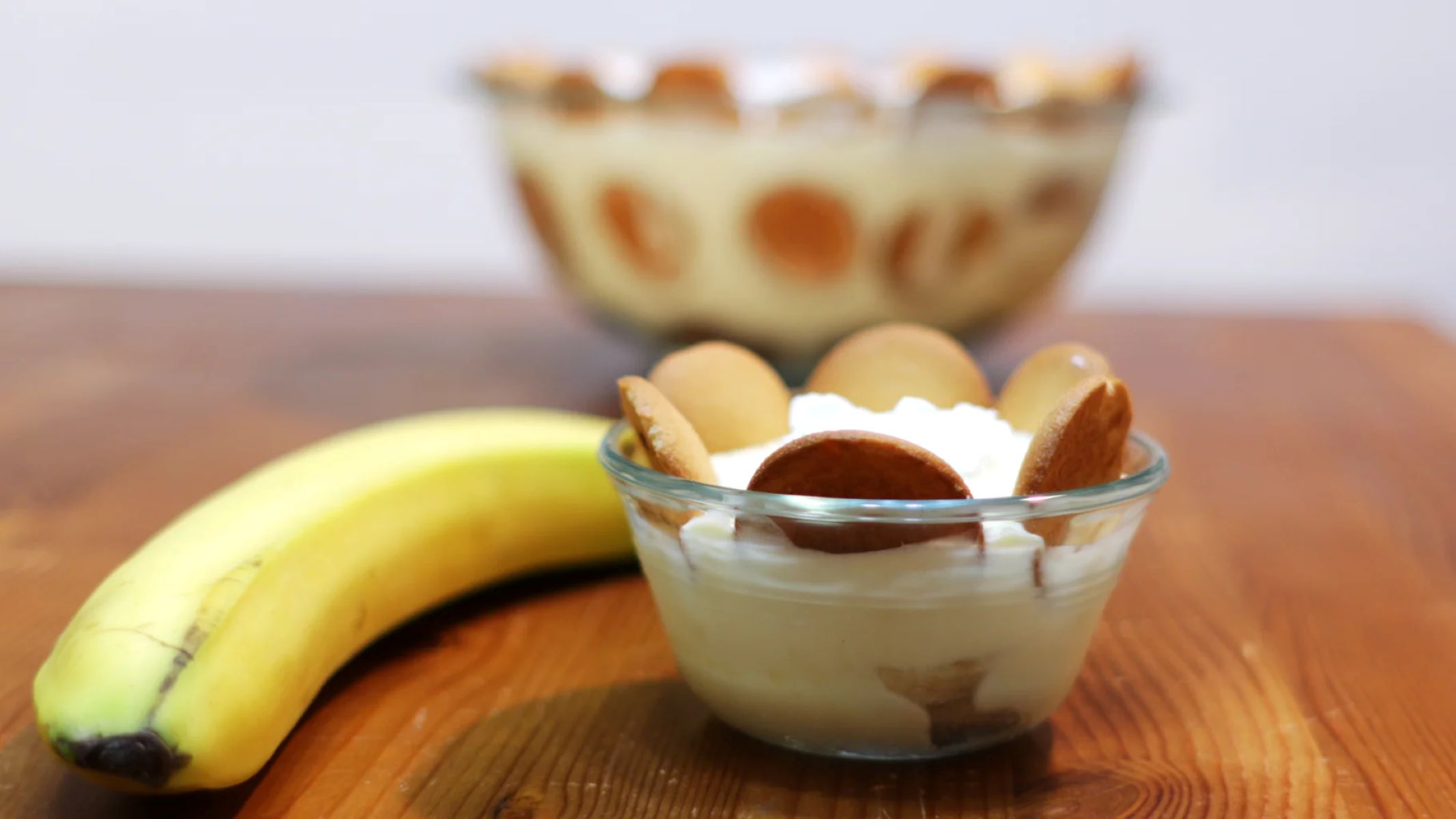Home>Food and Cooking>Say Goodbye To Scummy Coffee With These Easy Tips!


Food and Cooking
Say Goodbye To Scummy Coffee With These Easy Tips!
Published: January 28, 2024
Say goodbye to scummy coffee with these easy tips! Learn how to improve your coffee brewing and enjoy a better cup every morning. Explore food and cooking advice to elevate your home barista skills.
(Many of the links in this article redirect to a specific reviewed product. Your purchase of these products through affiliate links helps to generate commission for Regretless.com, at no extra cost. Learn more)
Table of Contents
Introduction
Are you tired of starting your day with a cup of coffee that tastes less than perfect? If you've been noticing a scummy residue in your coffee or a bitter flavor that just won't go away, it might be time to take a closer look at your coffee-making routine. The good news is that with a few simple adjustments, you can bid farewell to lackluster coffee and say hello to a rich, flavorful brew that will kickstart your mornings in the best way possible.
In this article, we'll explore some easy and effective tips to help you elevate your coffee game and ensure that every cup you brew is a delightful experience for your taste buds. From the water you use to the way you store your coffee beans, each step plays a crucial role in determining the quality of your coffee. By paying attention to these details and making small changes where necessary, you can transform your daily coffee ritual into a consistently satisfying and delicious affair.
So, whether you're a devoted coffee aficionado or simply someone who enjoys a good cup of joe in the morning, these tips are designed to help you bid adieu to subpar coffee and embrace a new level of brewing excellence. Let's dive into the world of coffee-making and discover how a few simple adjustments can make a world of difference in the taste and quality of your favorite beverage.
Use Filtered Water
Using filtered water is a crucial yet often overlooked factor in brewing a superior cup of coffee. The quality of water directly impacts the taste and aroma of your coffee, making it an essential element in the brewing process. Tap water, while convenient, can contain impurities and minerals that affect the flavor of your coffee. By using filtered water, you can ensure that these impurities are removed, resulting in a cleaner and more vibrant taste in your coffee.
Filtered water not only enhances the flavor of your coffee but also contributes to the overall cleanliness of your coffee maker. Minerals and impurities present in tap water can accumulate in your coffee maker over time, leading to clogs and residue buildup. By using filtered water, you can minimize the risk of these issues, prolonging the lifespan of your coffee maker and maintaining its optimal performance.
When selecting a water filter for your coffee brewing needs, consider using a high-quality water filtration system or a simple water filter pitcher. These options are cost-effective and easy to use, providing you with a convenient way to ensure that the water used in your coffee brewing process is free from unwanted contaminants.
In addition to improving the taste of your coffee, using filtered water can also prevent limescale buildup in your coffee maker, which can affect its functionality over time. By reducing the mineral content in the water, filtered water helps protect your coffee maker from the damaging effects of limescale, ensuring that it continues to brew delicious coffee without any hindrances.
In summary, the use of filtered water is a simple yet effective way to enhance the quality of your coffee. By investing in a reliable water filtration system or using a water filter pitcher, you can enjoy the benefits of cleaner, better-tasting coffee while also safeguarding the longevity of your coffee maker. Making this small adjustment to your coffee-making routine can have a significant impact on the overall satisfaction you derive from each cup of coffee, elevating your daily brewing experience to new heights.
Clean Your Coffee Maker Regularly
Regular cleaning of your coffee maker is essential for maintaining the quality and flavor of your coffee. Over time, mineral deposits, coffee oils, and residue from previous brews can accumulate within the inner components of the coffee maker, impacting the taste and aroma of your coffee. Neglecting proper cleaning can lead to a buildup of bacteria and mold, compromising the cleanliness and safety of your coffee maker.
To start, it's important to refer to the manufacturer's instructions for specific cleaning guidelines tailored to your coffee maker model. Generally, a thorough cleaning routine involves the following steps:
-
Daily Maintenance: After each use, rinse the carafe and filter basket with warm, soapy water to remove any residual coffee oils and grounds. This simple step helps prevent the buildup of rancid oils and maintains the freshness of your coffee.
-
Monthly Deep Cleaning: Perform a more comprehensive cleaning of your coffee maker on a monthly basis. Begin by preparing a solution of equal parts water and distilled white vinegar. Pour this solution into the water reservoir and run a brew cycle without coffee grounds. The acidic properties of vinegar effectively dissolve mineral deposits and descale the internal components of the coffee maker. Once the cycle is complete, rinse the water reservoir thoroughly with fresh water to eliminate any lingering vinegar odor.
-
Clean the Carafe and Filter Basket: The carafe and filter basket should be cleaned with a gentle brush and mild dish soap to remove coffee stains and residue. Pay attention to any small crevices or hard-to-reach areas where buildup may occur.
-
Exterior Maintenance: Wipe down the exterior of the coffee maker with a damp cloth to remove any dust, coffee splatters, or fingerprints. Keeping the exterior clean not only enhances the appearance of your coffee maker but also prevents the accumulation of grime that could potentially find its way into your coffee.
Regular cleaning not only ensures the purity and freshness of your coffee but also extends the lifespan of your coffee maker. By incorporating these cleaning practices into your routine, you can savor consistently delicious coffee while promoting the longevity and performance of your beloved brewing equipment.
Remember, a clean coffee maker is the cornerstone of a delightful coffee-drinking experience, and by dedicating a little time to its maintenance, you can enjoy the full spectrum of flavors and aromas that your favorite coffee beans have to offer.
Grind Your Own Beans
Grinding your own coffee beans is a game-changer when it comes to brewing a truly exceptional cup of coffee. While pre-ground coffee offers convenience, freshly grinding your beans just before brewing unlocks a world of flavor and aroma that is simply unmatched. When coffee beans are ground, their surface area increases, allowing the flavors and oils to be released more effectively during the brewing process. This results in a richer, more nuanced cup of coffee that showcases the unique characteristics of the beans.
Investing in a quality burr grinder is the first step toward elevating your coffee experience. Burr grinders offer precise control over the grind size, ensuring uniformity and consistency, which are vital for achieving optimal extraction during brewing. Whether you prefer a coarse grind for a French press or a fine grind for an espresso machine, a burr grinder allows you to tailor the grind to suit your specific brewing method, unlocking the full potential of your coffee beans.
It's important to note that the ideal grind size varies depending on the brewing method. For instance, a coarse grind is suitable for French press and cold brew, while a medium grind is ideal for drip coffee makers. On the other hand, espresso requires a fine, powdery grind to extract the flavors effectively. By grinding your beans to the appropriate size for your chosen brewing method, you can maximize the flavor extraction and achieve a balanced, delightful cup of coffee.
In addition to grind size, the freshness of the ground coffee also plays a significant role in the overall quality of the brew. When coffee beans are ground, they begin to lose their freshness and aromatic compounds at a faster rate due to increased exposure to oxygen. By grinding your beans just before brewing, you preserve the volatile compounds that contribute to the complex flavors and enticing aromas of your coffee. This results in a more vibrant and satisfying coffee-drinking experience.
By incorporating the practice of grinding your own beans into your coffee routine, you have the opportunity to savor the true essence of your favorite coffee beans with each and every brew. The investment in a quality burr grinder and the commitment to grinding fresh beans will undoubtedly enhance the richness and depth of your coffee, allowing you to indulge in a truly exceptional cup that reflects the unparalleled qualities of freshly ground coffee.
Store Coffee Properly
Properly storing your coffee is essential for preserving its freshness, flavor, and aroma. Coffee beans are susceptible to various elements that can compromise their quality, including air, moisture, light, and heat. By taking the necessary steps to store your coffee properly, you can prolong its shelf life and ensure that each cup you brew is a delightful experience for your senses.
To begin, it's crucial to store your coffee beans or ground coffee in an airtight container. Exposure to air accelerates the staling process of coffee, causing it to lose its aromatic compounds and flavors over time. Airtight containers, such as glass or ceramic jars with airtight seals, help shield the coffee from air, preserving its freshness and preventing oxidation.
Additionally, protecting your coffee from moisture is paramount. Moisture can lead to the deterioration of the coffee's flavor and aroma, resulting in a lackluster brew. It's advisable to store coffee in a cool, dry place, away from sources of humidity such as the kitchen sink or the stove. Avoid storing coffee in the refrigerator or freezer, as the fluctuating temperatures and potential exposure to moisture can adversely affect the coffee's quality.
Furthermore, light can have a detrimental impact on coffee, as UV rays can degrade the coffee's essential oils and compounds. To shield your coffee from light exposure, opt for opaque or tinted containers that offer protection against UV rays. Alternatively, store your coffee in a dark pantry or cupboard to minimize its exposure to light.
Temperature control is another vital aspect of proper coffee storage. Coffee beans and ground coffee should be kept away from heat sources, as high temperatures can accelerate the staling process and compromise the coffee's flavor profile. Aim to store your coffee at room temperature, ensuring that it remains stable and free from the influence of heat fluctuations.
By adhering to these guidelines and implementing proper storage practices, you can safeguard the quality and freshness of your coffee, ultimately enhancing your overall coffee-drinking experience. With each carefully stored batch of coffee, you can look forward to brewing cups that embody the full spectrum of flavors and aromas inherent in your favorite coffee beans. Embracing the art of proper coffee storage is a simple yet impactful way to elevate your daily coffee ritual and savor the true essence of your beloved brew.
Use a Good Quality Coffee Filter
The role of a coffee filter in the brewing process is often underestimated, yet it holds significant influence over the quality and clarity of your coffee. A good quality coffee filter serves as a crucial barrier, separating the extracted coffee grounds from the liquid, resulting in a clean, sediment-free brew that showcases the true flavors and aromas of the coffee.
When selecting a coffee filter, opt for high-quality, unbleached paper filters or reusable metal filters that are specifically designed for your brewing method. Unbleached paper filters are preferred for their environmentally friendly composition and their ability to allow the natural oils and flavors of the coffee to pass through while effectively trapping the fine particles. On the other hand, metal filters offer durability and reusability, making them a sustainable choice for long-term use.
The choice between cone-shaped and flat-bottom filters depends on your coffee maker and brewing preferences. Cone-shaped filters are commonly used in pour-over brewing methods, allowing for a more even extraction and optimal flow rate. Conversely, flat-bottom filters are suitable for drip coffee makers, providing a consistent brewing process that yields a well-balanced and flavorful cup of coffee.
The size of the coffee filter should correspond to the capacity of your coffee maker or brewing apparatus. Using the correct size ensures that the grounds are evenly distributed within the filter, promoting uniform extraction and preventing overflow during the brewing process.
It's important to note that the quality of the filter material directly impacts the taste and clarity of the coffee. Inferior filters may impart unwanted flavors or aromas to the brew, detracting from the pure essence of the coffee. Investing in a good quality filter ensures that your coffee retains its natural characteristics, resulting in a satisfying and enjoyable drinking experience.
By using a good quality coffee filter that is well-suited to your brewing method, you can elevate the overall quality of your coffee and enjoy consistently smooth, flavorful brews that highlight the nuances of your chosen coffee beans. The attention to detail in selecting the right filter contributes to the artistry of coffee brewing, allowing you to savor each cup with enhanced clarity and satisfaction.
Conclusion
In conclusion, the journey to bid farewell to scummy coffee and welcome a consistently delightful brewing experience begins with a mindful approach to every aspect of the coffee-making process. By incorporating the aforementioned tips into your routine, you can embark on a flavorful adventure that celebrates the essence of coffee in its purest form.
From the fundamental use of filtered water to the art of grinding your own beans, each step contributes to the symphony of flavors and aromas that define a truly exceptional cup of coffee. The choice of water sets the stage for a clean and vibrant brew, while the act of grinding fresh beans unlocks the full spectrum of flavors, ensuring that every sip is a revelation of coffee's innate richness.
Proper storage techniques serve as guardians of the coffee's freshness, preserving its delicate nuances and allowing you to indulge in a sensory journey with each brew. Furthermore, the diligent cleaning of your coffee maker not only ensures the purity of your coffee but also extends the lifespan of your brewing equipment, supporting the longevity of your brewing journey.
The selection of a high-quality coffee filter adds the final touch, refining the clarity and purity of your brew, allowing the true essence of the coffee to shine through without any interference.
By embracing these tips and infusing your coffee-making routine with a touch of mindfulness and care, you have the power to transform your daily brewing ritual into an enriching and satisfying experience. Each cup becomes a testament to the artistry and craftsmanship that goes into brewing exceptional coffee, inviting you to savor the nuances and complexities that make this beloved beverage a source of joy and comfort.
So, as you embark on your coffee-making endeavors, remember that each step, from the selection of water to the final pour, is an opportunity to celebrate the inherent beauty of coffee. With these tips as your guide, you can bid adieu to lackluster coffee and embrace a new standard of brewing excellence, ensuring that every cup is a testament to the art of crafting the perfect brew. Cheers to delightful coffee moments that elevate your day and awaken your senses in the most satisfying way possible.














